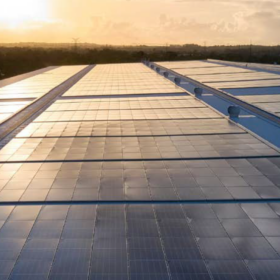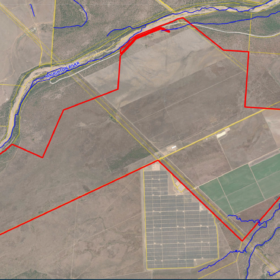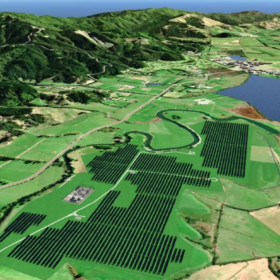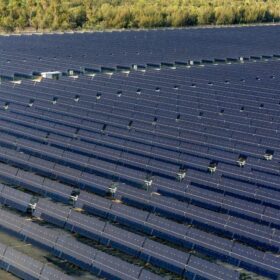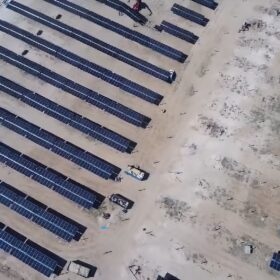Australia’s future rooftop solar installs hold key to unlock 103 GW capacity: report
A new Climate Council report suggests the total potential rooftop solar capacity in Australia is 103 GW, or four times more than currently installed, and 1.5 times the capacity of utility-scale electricity generators in the National Electricity Market.
Queensland solar farm levels up with environmental approval
The 300 MW Cambridge Solar Farm and battery energy storage system proposed for north Queensland has received an environmental tick of approval by the federal government.
Renewables project to boost solar on Solomon Islands
The Solomon Islands Renewable Energy Development Project will finance two solar farms and a utility-scale grid-connected energy storage system on the Solomon Islands. The Asian Development Bank, SAsian Development Bank and Solomon Power are all financing the project.
Paxos unveils glass-glass PV tile with heat pump integration
Paxos Solar has developed a new glass-glass PV tile that integrates with heat pumps, featuring Longi’s back-contact solar cells. The 44 W, 59.5 cm x 48 cm tile can also produce heat for residential systems.
Lodestone inks 20-year, 100% offset agreement with poultry giant Inghams
Aotearoa New Zealand grid-scale solar developer Lodestone Energy has partnered with leading poultry provider Inghams in a landmark 20-year agreement where energy from Lodestone’s North Island solar farms will 100% match Inghams electricity consumption.
New standards close window to move old solar module stock before 1 October 2024
From 1 October 2024 all solar modules approved by the Clean Energy Council will be required to meet 2021 standards, including all new solar installations, unless a formal extension has been granted.
Coca-Cola bottles 100% renewables target thanks to 1.2 million-panel solar farm
Coca-Cola has signed a virtual power purchase agreement brokered by France-headquartered energy company Engie, to source renewable energy and associated credits from the Wellington North Solar Farm in New South Wales.
Envertech launches microinverters for PV systems with up to 60 modules
Envertech says it has developed microinverters for PV systems supporting up to 60 modules, allowing up to four modules per unit with separate maximum power point tracking.
Genex secures state-backed PPA for 750 MW solar project
Genex Power has struck an offtake agreement with Queensland government-owned energy giant Stanwell Corporation that will underpin the development of the 775 MW first stage of the Bulli Creek solar and battery project planned for the state’s southeast.
IPC provides green light for NSW solar and storage project
Spanish-Japanese renewable energy company Univergy Solar and Australian partner New Energy Development have secured New South Wales government approval to build a 100 MW solar farm and 45 MW / 90 MWh battery energy storage system in the Yass Valley.
